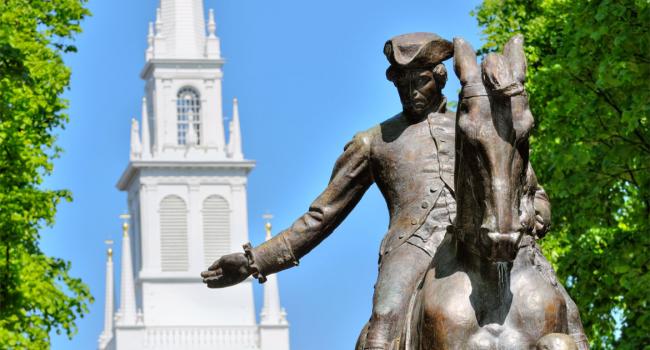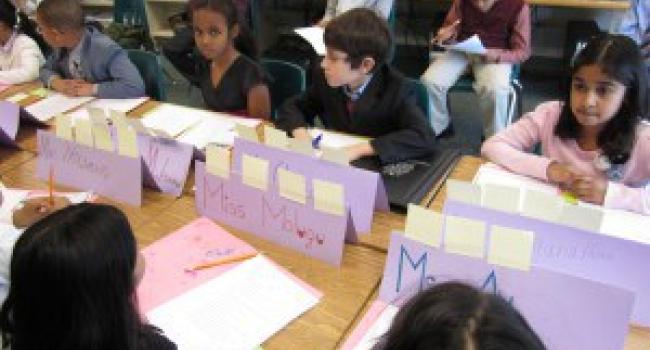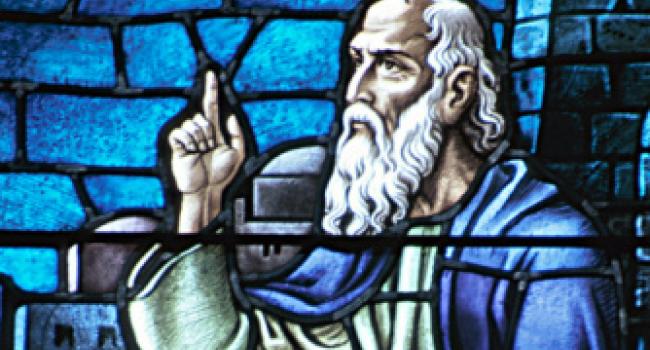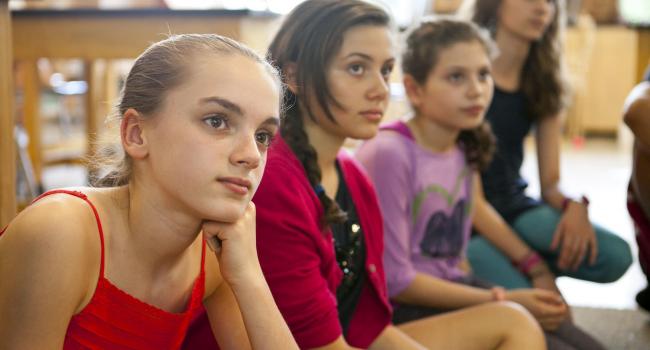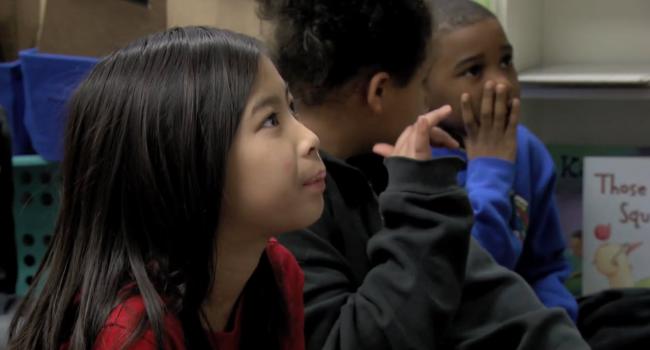Dr. Kate Kinsella
This week, in Part II & Part III of our series, we’d like to provide you with a concrete example of how to scaffold Socratic circles for ELLs based on a specific text and walk you through the activity step by step.
In the first two posts in our series about using Socratic Circles (or Socratic Seminars) with English language learners (ELLs), we provided an overview of the activity and offered some ideas for how to do a close read of Paul Revere's Ride by Henry Wadsworth Longfellow. Now that you’ve prepared your ELLs, it’s time to implement the Socratic circle.
In part one of this three-part series, Diane shares some strategies for fostering English language learners’ (ELLs) oral language as part of Common Core-based instruction. Her focus is be on practical strategies for including ELLs in Socratic circles (also known as Socratic seminars).
In this article written for Colorín Colorado, Listenwise's founder, former public radio journalist Monica Brady-Myerov, shares what she has learned about teaching and assessing listening for students, particularly ELLs.
In our last post, we shared information about the new Teaching Channel ELL video series based on Academic Conversations (2011) by Jeff Zwiers and Marie Crawford. This week we’d like to delve deeper into these resources and provide strategies for building the oral language skills of ELLs across content areas that are framed around four practices.
Following our recent series on using Socratic seminars with English language learners to build oral language skills, we learned about an exciting new video series from the Teaching Channel focused on academic conversations with ELLs featuring…you guessed it! A Socratic seminar.


